The Bailey Machine Gun pioneered belt-fed gun designs 150 years ago
- By Travis Pike
Share This Article
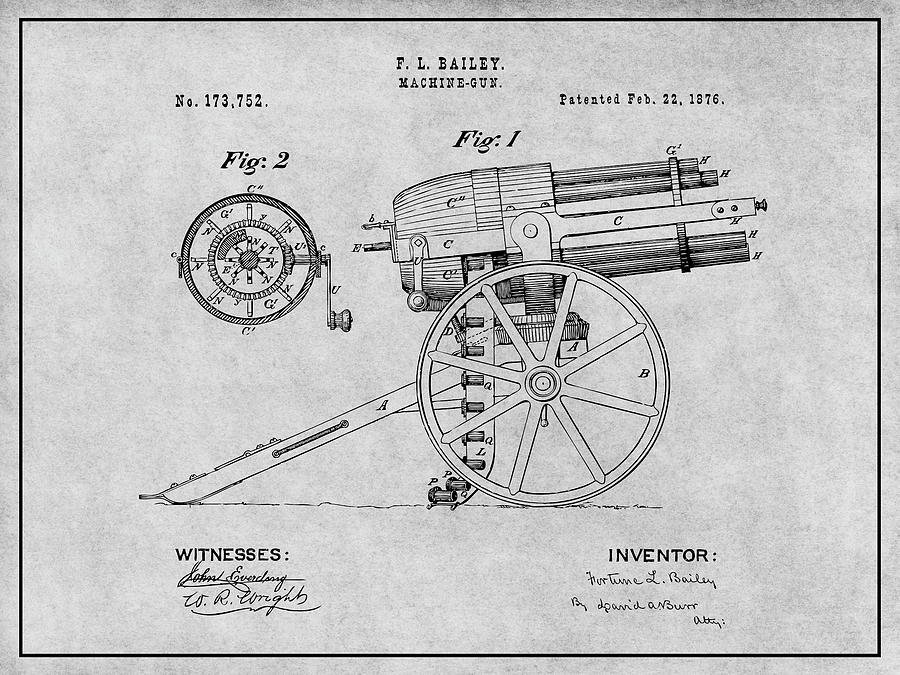
The belt-fed machine gun might be the norm these days, but in 1874 it was rather new. Early belt-fed weapons existed as far back as 1855 in the form of chain rifles, but the Bailey gun brought a modern belt to a rapid-fire weapon. Designed by Fortune Bailey of Indiana, the Bailey gun was a fascinating development in the world of rapid-fire weaponry. When I say Bailey Machine Gun, I’m using its official name. It’s not a machine gun. It’s a manually fired weapon that uses a crank very similar to the Gatling gun.
These cranked weapons are not considered to be actual machine guns according to the modern definition.
The Bailey Machine Gun had a lot in common with the Gatling gun. Obviously, it’s a hand-cranked firearm, but it also utilizes multiple barrels, sits on a pair of wheels for easy transport, and is fired oh so quickly.

Other than those similarities, their firing mechanisms were fairly different. With the belt-fed Bailey, the barrels and firing mechanism rotated together. When the barrel and firing mechanism reached the top position, it fired. This mechanism prevents misfires and negligent discharges while allowing for rapid-fire capability.
A plate revolved with the barrels and housed the firing pins and firing pin springs. As the barrel and firing mechanisms would reach their apex, one of two strikers would strike the firing pin, and the weapon would fire. The two strikers alternated firing and kept up with the rate of fire. While this system itself is unique, what made the weapon well-known is its belt-fed design.
Related: The weapons the Marines passed on in favor of the M27 IAR
The benefits of being belt-fed
Belt-fed machine guns are entirely the norm these days with light, medium, and heavy machine guns all using belts. This is because belts are the superior option for laying down vast amounts of fire as they can be extremely long and reduce the need to reload. Magazines can only fit so many rounds in a box or drum whereas a belt is theoretically limitless.

At the end of the 19th century, weapons like the famed Gatling gun used a hopper to load. A hopper sits on top of the weapon and uses a gravity feed to keep the weapon firing. An assistant gunner would continually load the weapon as it fired. Whereas with the belt-fed Bailey, the military could stipulate as long of a belt as they could ever want.
Different-length belts could be used for different missions. The Army may want a shorter belt because of their need to maneuver constantly. The Navy might want a 500-round belt to arm their small ships for a sustained fight.
Bailey’s belt would feed the weapon and retain the empty cases the weapon fired. While not confirmed, the belt would likely be reusable and reloadable.
Related: Savage 1861 Navy – An oddball pistol in Union service
The caliber
Winchester and Bailey produced the Bailey Machine gun in a .32 caliber rifle cartridge which was odd for the time as the Army was using the 45-70 caliber. Bailey claimed his belt-fed gun could use larger calibers, but he made a working prototype in .32 caliber and could scale up when necessary.

The smaller rifle round resulted in the weapon being a fair bit smaller and lighter than the Gatling gun. Additionally, the belts of .32 caliber would be lighter and smaller overall. This would result in lighter ammo, which would make logistics easier on the battlefield.
Although, all of this is just speculation. If the Army, or Navy, would have adopted the Bailey belt-fed machine gun, then it would have likely been scaled up into 45-70.
Related: Machine guns have the Marines to thank for their role in warfare
Testing the Bailey belt-fed
The Bailey Machine Gun went to testing in 1876 in front of the U.S. Navy. Immediately, the Navy board found that Bailey didn’t bring enough belts to test the weapon properly. However, they allowed for an unofficial demonstration. Bailey loaded his gun and went to shooting.
He laid out a belt of 100 rounds in six seconds. The effective firing rate was an impressive 1,000 rounds per minute, about 200 rounds faster than the Gatling gun without the same reloading penalty. While the first belt was impressive, the second belt wasn’t.
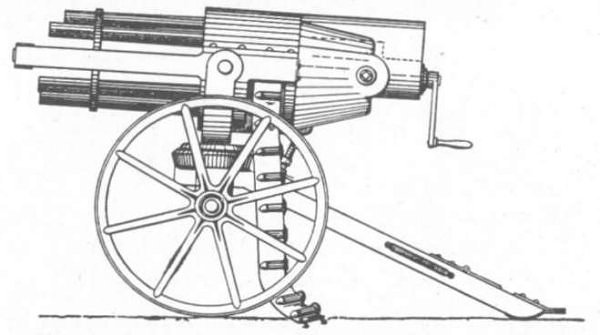
After the initial burst of fire, Bailey could not load the second belt quickly enough. One hundred round belts weren’t enough to maintain the sustained fire the Navy needed. Belts could not be connected to one another, and they needed to be produced in a set length. Thus, the Navy rejected the weapon as presented. The officer in charge of the evaluation noted,
“The test that was made for rapidity of fire was, however, truly astonishing. One hundred rounds being fired in about six seconds, the gun appearing to be almost in a continual blaze, the whole number ran off smoothly.”
What happened to the Bailey Machine Gun?
Not much. After testing, the weapon seemed to have disappeared. In 1884 Maxim created an actual, modern machine gun and thus, the Bailey gun was no longer needed.
The focus moved to single-barrel, water-cooled, belt-fed machine guns. But the belt-fed mechanism contributed to machine gun development, so Fortune Bailey’s design shouldn’t be overlooked.
Read more from Sandboxx News
Related Posts
Sandboxx News Merch
-

‘AirPower’ Classic Hoodie
$46.00 – $48.00 Select options This product has multiple variants. The options may be chosen on the product page -

‘Sandboxx News’ Trucker Cap
$27.00 Select options This product has multiple variants. The options may be chosen on the product page -

‘Kinetic Diplomacy’ Bumper Sticker (Black)
$8.00 Add to cart

Travis Pike
Travis Pike is a former Marine Machine gunner who served with 2nd Bn 2nd Marines for 5 years. He deployed in 2009 to Afghanistan and again in 2011 with the 22nd MEU(SOC) during a record-setting 11 months at sea. He’s trained with the Romanian Army, the Spanish Marines, the Emirate Marines, and the Afghan National Army. He serves as an NRA certified pistol instructor and teaches concealed carry classes.
Related to: Military History

The Switchblade, loitering munitions, and the new terrifying face of warfare
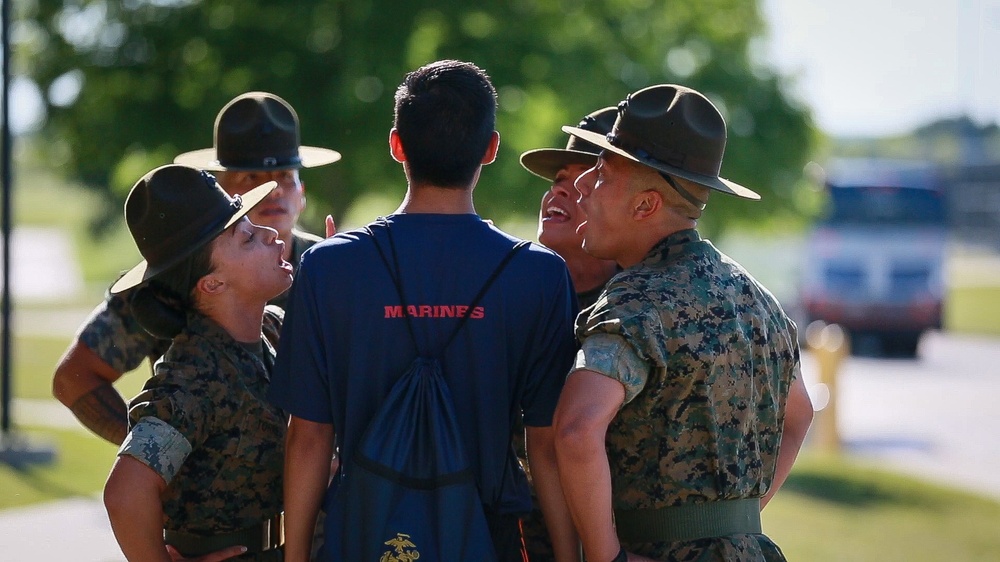
5 ways to prepare and survive the Marine Corps boot camp
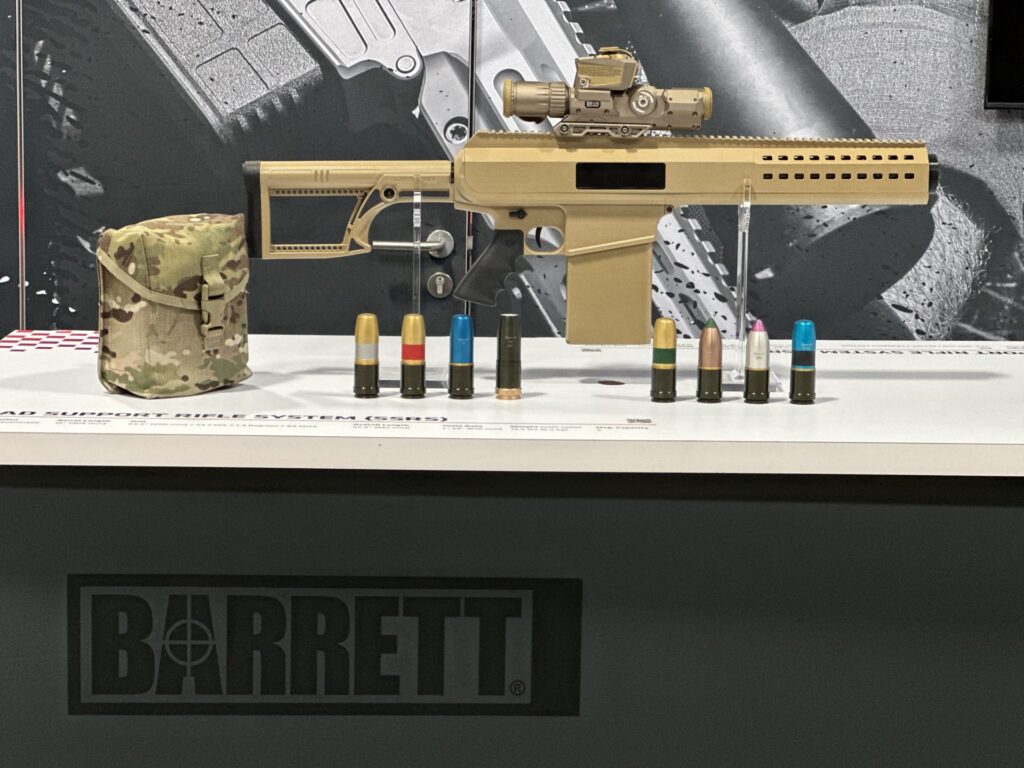
Barrett’s Squad Support Rifle System will make infantry squad deadlier
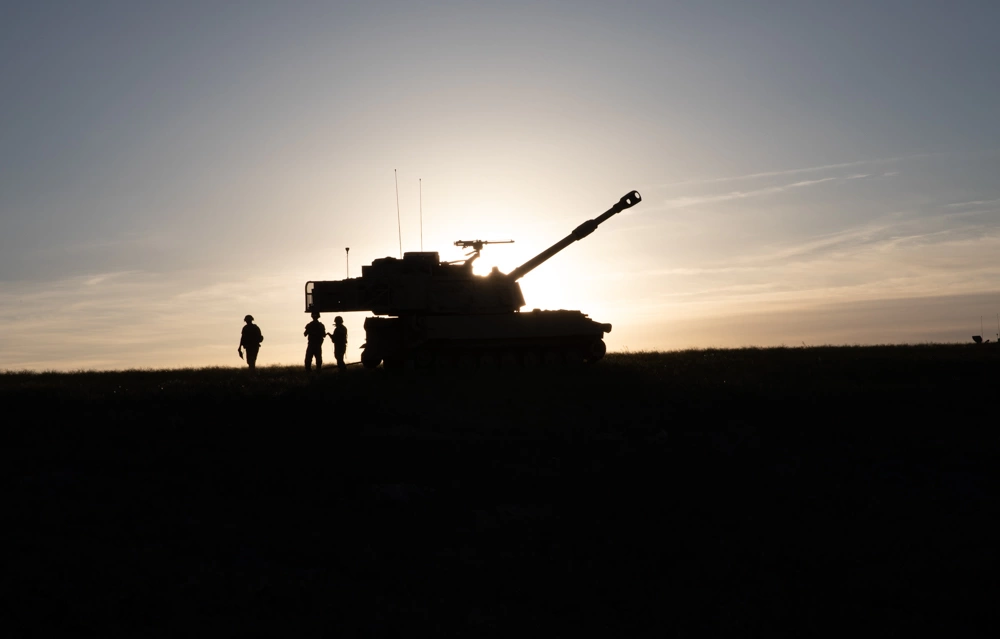
The unique world and uses of howitzers
Sandboxx News
-

‘Sandboxx News’ Trucker Cap
$27.00 Select options This product has multiple variants. The options may be chosen on the product page -

‘AirPower’ Classic Hoodie
$46.00 – $48.00 Select options This product has multiple variants. The options may be chosen on the product page -

‘AirPower’ Golf Rope Hat
$31.00 Select options This product has multiple variants. The options may be chosen on the product page -

‘Sandboxx News’ Dad Hat
$27.00 Select options This product has multiple variants. The options may be chosen on the product page
